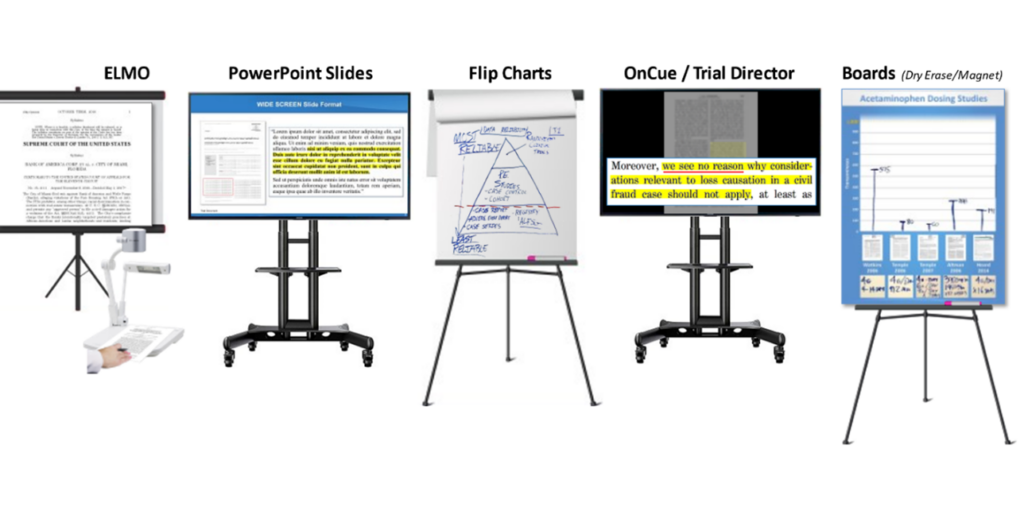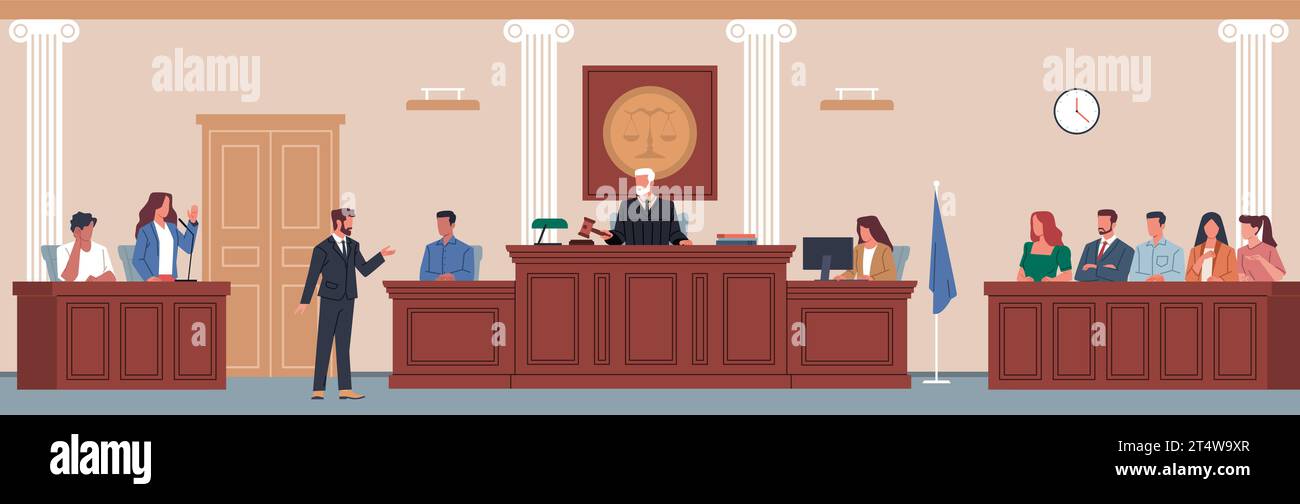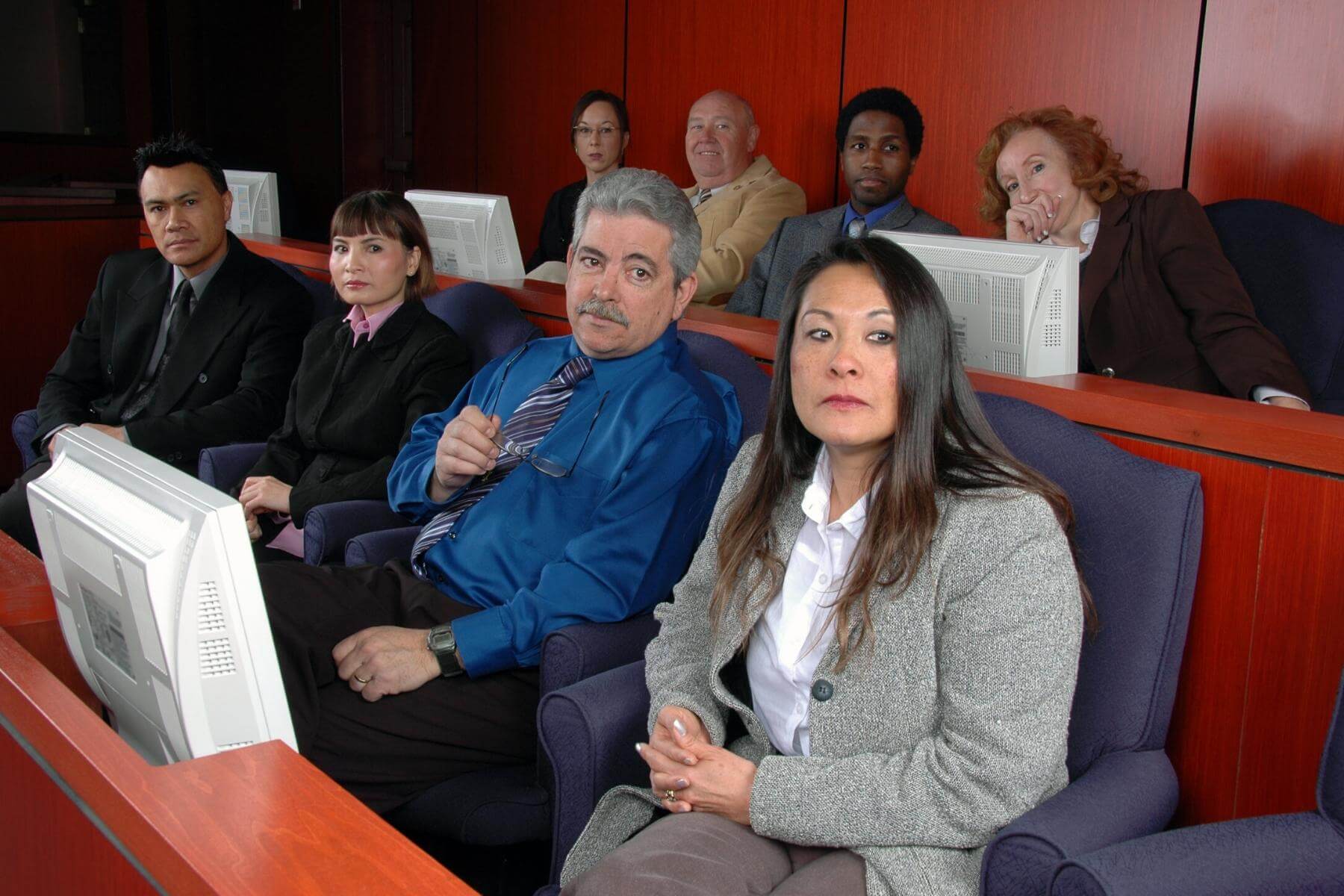How Test Presentations Enhance Your Argument and Persuade Jurors
Test discussions act as a crucial system for boosting lawful debates and persuading jurors. By integrating visual aids, narrative structures, and emotional interaction, attorneys can develop an engaging instance that reverberates on multiple levels. The tactical use visuals not only makes clear complex details but also records jurors' attention a lot more properly than words alone. However, the art of storytelling plays a similarly crucial role in changing valid proof into an engaging story, forming jurors' perceptions - trial presentations. Comprehending these aspects can substantially affect trial results, elevating the question of exactly how each element adds to this elaborate dynamic.

Relevance of Visual Help
Visual aids play a vital function in improving the efficiency of trial discussions, as they can significantly increase audience engagement and retention of details. In the context of a trial, where jurors are entrusted with handling complex details, visual help serve to simplify and clear up bottom lines. Graphes, charts, and photos can communicate information and principles that may otherwise overwhelm or confuse jurors, enabling for a much more uncomplicated understanding of the evidence presented.
Moreover, visual aids assist in keeping juror focus throughout the proceedings. By breaking the dullness of verbal testimony, these tools can stress crucial arguments, making them more remarkable. Efficient visual help can also evoke psychological feedbacks, which can be critical in persuading jurors to line up with the presenter's story.

Crafting Engaging Stories
A compelling narrative is essential in trial presentations, as it offers as the backbone of efficient persuasion. It enables attorneys to weave together truths, evidence, and psychological aspects into a coherent tale that resonates with jurors. This narrative structure enables jurors to comprehend the complexities of the instance while guiding them through the lawyer's argument.
To craft an engaging story, attorneys need to focus on clarity and comprehensibility. In addition, the use of vivid descriptions can develop psychological images that help jurors picture the occasions, making the narrative more memorable.
Moreover, integrating vital styles throughout the discussion enhances the core message and help in retention - trial presentations. The narrative should not just share details but additionally evoke a feeling of justice, highlighting the risks involved. Inevitably, a sound narrative fosters a connection between the jurors and the instance, positioning the attorney's debate as both legitimate and compelling, thus increasing the chance of a beneficial decision

Engaging the Jury Emotionally
Efficient jury interaction depends upon the lawyer's capability to get in touch with jurors on an emotional level. This connection can dramatically impact jurors' perceptions and their utmost decision-making. Utilizing sob stories allows attorneys to humanize the instance, changing abstract legal concepts right into relatable experiences. By presenting real-life tales or testimonies, attorneys can evoke empathy and empathy, cultivating a deeper understanding of the issues at stake.
Visual aids, such as photos or video clips, can additionally enhance emotional interaction, giving jurors with dazzling representations of the case's human aspects. Crafting a story that highlights the battles and triumphs of the people included makes certain that jurors see beyond the legal disagreements and identify the human repercussions of their decisions.
Moreover, tone and body language play an important duty in conveying emotion. An attorney's passionate distribution can resonate with jurors, reinforcing their emotional financial investment in the event. It's important to balance sob stories with factual evidence, making sure that jurors really feel urged to act while remaining grounded in the reality. Eventually, a psychologically involved court is more probable to be convinced, making emotional link a vital component of reliable test discussions.
Structuring Your Discussion

The body of the presentation must be practically segmented into go to my site bottom lines, each supported by see here now engaging evidence. It is advantageous to utilize narration strategies to weave realities into a story that jurors can quickly comply with. Aesthetic help, such as graphes and video clips, can enhance comprehension and engagement, helping to highlight important pieces of evidence.
Real-World Study
Checking out real-world study offers invaluable understandings right into the art of trial presentations and persuasion. The site situation of "O.J. Simpson v. Individuals of California" highlights exactly how visual help and compelling narratives can sway jury assumptions. The protection team properly used a method that integrated top-level professional testimonies with multimedia discussions, which captivated jurors and inevitably influenced their decision.
One more remarkable instance is the "McDonald's Coffee Instance," where the plaintiff's lawyers utilized graphic photos of the injuries endured by Stella Liebeck. trial presentations. This raw visual evidence played a critical role in conveying the intensity of her burns, bring about a significant court honor. Such cases demonstrate that impactful test presentations typically depend upon the effective combination of visuals and storytelling to stimulate emotional actions from jurors
Moreover, the "Casey Anthony Trial" highlighted the relevance of narrative coherence and integrity. The prosecution's failing to develop an engaging timeline reduced their persuasive power, highlighting the requirement of a well-structured presentation. Assessing these instances reveals that successful trial presentations need critical planning, emotional interaction, and the ability to resonate with jurors' worths and ideas.
Final Thought
Test discussions considerably boost arguments and persuade jurors with the calculated use of aesthetic aids, compelling stories, and psychological engagement. A well-structured presentation equilibriums emotional allures with factual evidence, eventually Check This Out reverberating with jurors' worths.